The biggest innovations are sometimes borne from seemingly small advancements. Developments such as finding ways to compress computer files, creating a practical phone battery, crafting an unassuming text editor, and filing a software patent sent shockwaves through the IT industry, leaving indelible marks on the modern world.
As Computerworld looks back on the lives of 13 scientists, authors, advocates, and entrepreneurs we lost this year who hailed from Israel, Lebanon, the Netherlands, Ukraine, and the United States, we remember their contributions and legacies that are felt worldwide.
Table of Contents
Nabil Bukhalid: The father of Lebanon’s internet
1957 – January 4, 2023
 ImaginingtheInternet (CC BY 3.0)
ImaginingtheInternet (CC BY 3.0)Nabil Bukhalid
In 1988, Nabil Bukhalid was working as a biomedical engineer in a hospital in Beirut, capital of his native Lebanon. As the Lebanese civil war raged outside, Bukhalid hunkered inside, experimenting with the hospital’s computers. Wanting to reach the world beyond the war, Bukhalid took his hospital experience and led a team that connected his alma mater, the American University of Beirut, to the nascent internet.
Bukhalid maintained his momentum beyond that initial connection: he founded the Lebanese Domain Registry and administered the .lb top-level domain; he co-founded both the Internet Society Lebanon Chapter and the Lebanese Internet Center; and he led the computing and networking services department at AUB, where he later earned an executive master of business administration. These contributions to his country’s infrastructure earned Bukhalid the nickname “Father of the Internet” in Lebanon, and he was inducted into the Internet Hall of Fame in 2017.
Bukhalid died at 65 from a heart attack.
Jerome R. Cox Jr.: Work hard, be kind
May 24, 1925 – January 17, 2023
 Nbattersby2001 (CC BY-SA 4.0)
Nbattersby2001 (CC BY-SA 4.0)Jerome R. Cox Jr.
Jerome Cox Jr. may be best remembered for his contribution to the Laboratory INstrument Computer, often considered the first personal computer. LINC, first conceived by Wesley Clark, was developed at MIT’s Lincoln Laboratory, but the team felt a different sponsor would allow them to develop it further. Cox, the founding chairman of the computer science department at Washington University in St. Louis, brought the LINC team and their computer to his school in 1964. LINC development continued and thrived in the school’s newly founded Biomedical Computing Laboratory, founded by Cox.
But Cox was not only an administrator and academic; he pioneered many advancements in biomedical research himself. Cox co-developed a computer for detecting deafness, leading to the standardization of hearing tests in infants; he conducted research into hearing loss in employees in industrial environments; and his work with CT and PET scanners improved the diagnosis of cancers and heart rhythm irregularities.
A graduate of MIT, where he earned his bachelor’s, master’s, and Ph.D. degrees in electrical engineering, Cox later co-founded Growth Networks, which was acquired by Cisco; Blendics, which provided system-on-chip design tools and services; and cybersecurity firm Q-Net Security.
Cox had 12 patents and more than 150 publications, including his 2022 memoir, Work Hard, Be Kind. He was 97 when he died.
Bernie Newcomb: Taking stock
November 10, 1943 – January 29, 2023
Bernie Newcomb was born with congenital cataracts that left him with such limited vision, he was legally blind. But he insisted on going to a traditional public school in his hometown of Scio, Oregon, where he graduated as valedictorian. Despite his academic accomplishments — including being the first in his family to graduate from college — few employers were willing to give him a chance. He eventually landed at General Electric, where he taught himself programming.
After meeting fellow Apple II user William A. Porter at a party in 1980, the two in 1982 founded the company Trade*Plus, which provided brokerage software for investment firms such as Fidelity. “It was popular with the discount brokers, but it was a test for them,” Newcomb told Oregon’s Corvallis Gazette-Times. “As soon as they saw that it worked, they’d create their own system and take all our customers.”
 Morgan Stanley
Morgan StanleySo Newcomb and Porter pivoted, cut out the middleman and, in 1992, founded the online trading platform E*TRADE, enabling consumers to trade stocks directly without a broker. E*TRADE went public in 1996 and doubled its value by 1997, at which point Newcomb left to pursue philanthropy. He founded the Bernard A Newcomb Foundation and received the American Foundation for the Blind’s Helen Keller Achievement Award in 2006.
Newcomb was proud not only of E*TRADE’s role in the financial industry — the company was acquired by Morgan Stanley in 2020 for $13 billion — but also for its name. “We were the first ‘e,’” he claimed. “If we were ‘G-Trade,’ I figure there would be ‘g-commerce’ and ‘G-Bay.’”
Newcomb died at 79 from congestive heart failure.
Abraham Lempel and Jacob Ziv: A collaboration in compression
Abraham Lempel: February 10, 1936 – February 4, 2023
Jacob Ziv: November 27, 1931 – March 25, 2023
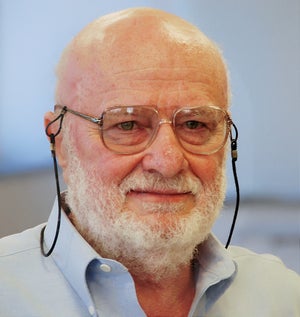 Staelin (CC BY 3.0)
Staelin (CC BY 3.0)Abraham Lempel
Jacob Ziv was born in 1931 in Palestine and earned his doctor of science degree from MIT before joining the faculty at the Israel Institute of Technology in 1970.
Abraham Lempel was born in 1936 in what is now Ukraine. He too earned a doctor of science degree, but from the Israel Institute of Technology, whose faculty he joined in 1977.
In 1977, the two IIT colleagues co-authored a landmark paper, “A Universal Algorithm for Sequential Data Compression.” The Lempel-Ziv lossless compression algorithm, or LZ as it became known, was the first to use a “sliding window,” a concept that spawned an entire family of later algorithms, including LZW, a 1984 compression algorithm co-developed with Terry Welch and used in the GIF image format.
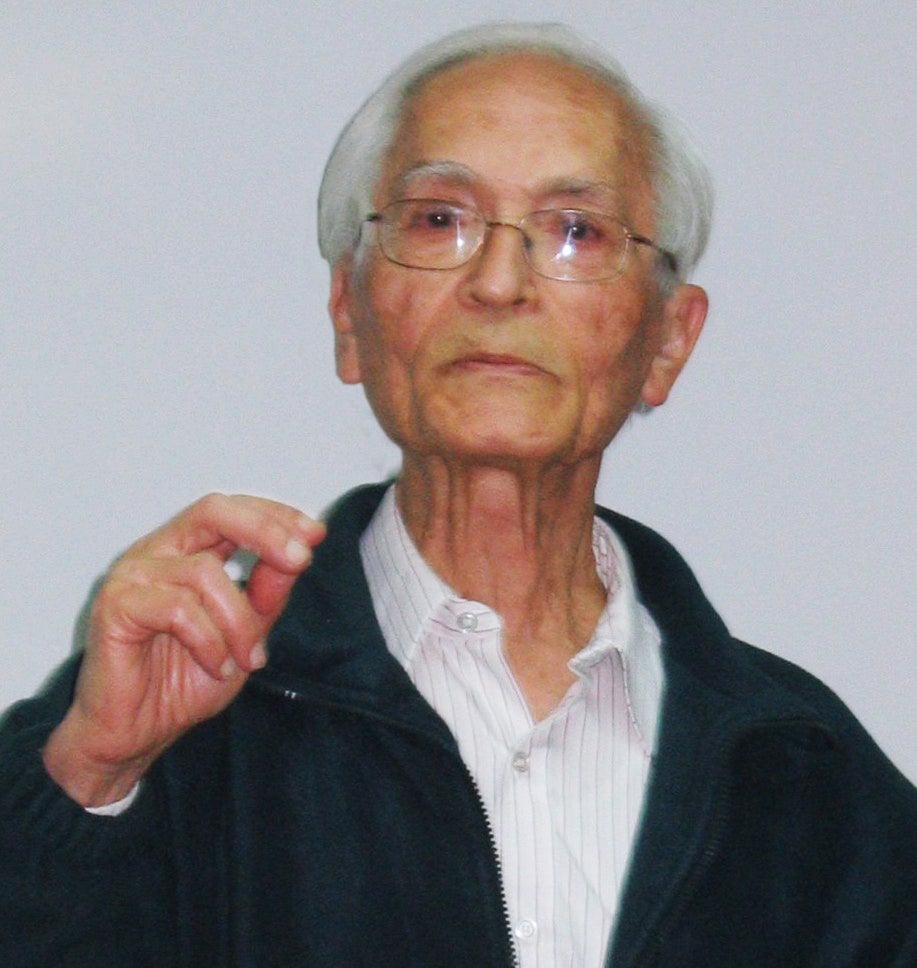 חישוביות
חישוביות Jacob Ziv
The development of the LZ algorithm was so monumental that the Institute of Electrical and mobile Engineers named it an IEEE Milestone, joining the ranks of Benjamin Franklin’s experiments with electricity, the development of NASA’s Apollo guidance computer, and the laying of the first transatlantic fiber-optic cable.
For their work in compression algorithms, Lempel earned the IEEE’s Richard W. Hamming Medal in 2007, and Ziv was awarded the IEEE’s Medal of Honor in 2021.
Lempel was 87 when he died this past February; Ziv was 91 when he died exactly seven weeks later.
Gordon Moore: Lawmaker
January 3, 1929 – March 24, 2023
 Intel
IntelGordon Moore
After earning a Ph.D. in chemistry in 1954, Gordon Moore found himself unemployed. “I couldn’t find a good technical job in California, so I had to go east for my first job out of school,” Moore said during his 2001 commencement speech to his alma mater, Caltech. He landed in Maryland at the Johns Hopkins University Applied Physics Laboratory.
An invitation from William Shockley, former Bell Labs manager, brought Moore back west to work at Shockley Semiconductor in Mountain View, California. But eventually, Moore joined seven other Shockley employees to form the “traitorous eight“ that founded Fairchild Semiconductor.
“Fairchild turned out to be the mother company of many Fairchildren,” Moore said. “Several dozen — I wouldn’t be surprised if it went into the hundreds — of companies can trace their formation back to Fairchild and its spinoffs.”
In 1968, Moore co-founded one of those companies: Intel, whose Pentium processor powered generations of personal computers, from the chip’s debut in 1993 to its retirement in 2023.
Moore may be best known for his 1965 prediction that the number of transistors on an integrated circuit would double every year, which he revised to every two years in 1975. His prediction has to date held true, giving rise to the name Moore’s Law.
Moore died at his home in Hawaii at the age of 94. His legacy includes the nonprofit Gordon and Betty Moore Foundation.
Edward Fredkin: Renaissance man
October 2, 1934 – June 13, 2023
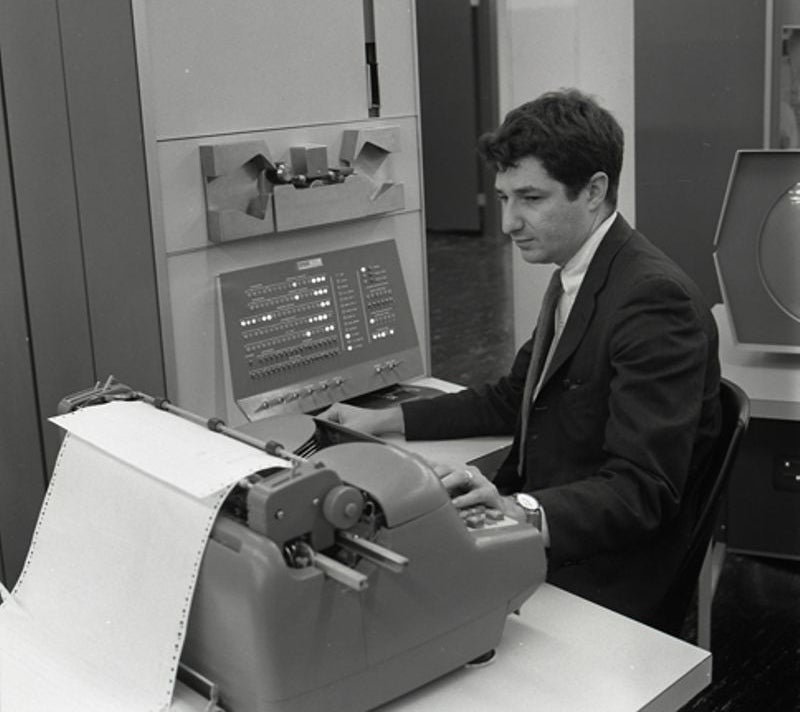 Computer History Museum
Computer History Museum Edward Fredkin
Despite an underwhelming academic start, Edward Fredkin’s career soared. He attended Caltech with some of the worst high-school grades the school had ever admitted. He dropped out to serve as a pilot in the United States Air Force, which, in 1956, assigned him to MIT Lincoln Laboratory, where he worked with the SAGE computer. From there, Fredkin moved to Bolt, Beranek & Newton, where he wrote an assembler language and operating system for the PDP-1 computer, adapting the hardware to support BBN’s time-sharing system.
After a few years of founding and running the company Information International Inc., Fredkin joined the faculty of MIT — despite not having even a bachelor’s degree. At MIT, he directed the Project on Mathematics and Computation (Project MAC), a DARPA-funded initiative that paired Fredkin with Marvin Minksy in the field of artificial intelligence.
To incentivize further developments in AI, in 1980, Fredkin funded Carnegie Mellon University’s Fredkin Prize, which offered $100,000 to whoever developed a computer capable of defeating a chess grandmaster. It was 17 years before IBM claimed that prize when Deep Blue won a match against Garry Kasparov.
Fredkin held many interests: he coined Fredkin’s paradox, invented a computational circuit known as the Fredkin gate, and was rumored to be the inspiration for the character of Dr. Falken in the iconic 1983 film WarGames. He saw the universe as one giant computer, consistent with his model of digital philosophy. And he chaired the Computer History Museum’s PDP-1 restoration project, successfully reactivating a 45-year-old machine in 2004.
Fredkin died in Massachusetts at the age of 88.
John Goodenough: Powering the future
July 25, 1922 – June 25, 2023
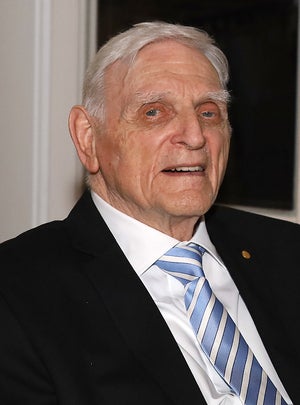 US Embassy Sweden (CC BY 2.0)
US Embassy Sweden (CC BY 2.0)John Goodenough
As a child, John Goodenough struggled with undiagnosed dyslexia. Yet he still graduated top of his high school class in Massachusetts and went on to Yale, to serve in the US Army, and then to earn a master’s degree and Ph.D. at the University of Chicago. He spent the next two dozen years at MIT’s Lincoln Laboratory, where he helped develop the materials for random access memory (RAM).
His next act was just as profound: while a professor at the University of Oxford, he developed a usable lithium-ion rechargeable battery. These small, powerful batteries now power everything from smartphones to Teslas, enabling a miniaturization of devices and an independence from fossil fuels. Yet he still saw room for improvement, continuing to work on new battery types well into his 90s.
Goodenough earned no royalties from his work, which may have informed his sardonic view of capitalism. “I’m probably most proud of the fundamental studies I’ve done — but I’ve gotten recognition for the batteries that I did, because people made money on it,” he said. “And when people make money on it, well, then you become important.”
Goodenough received the National Medal of Science in 2011 and the Nobel Prize in Chemistry in 2019. Goodenough died at 100, at which time he was the oldest living Nobel Prize winner.
Kevin Mitnick: Most wanted
August 6, 1963 – July 16, 2023
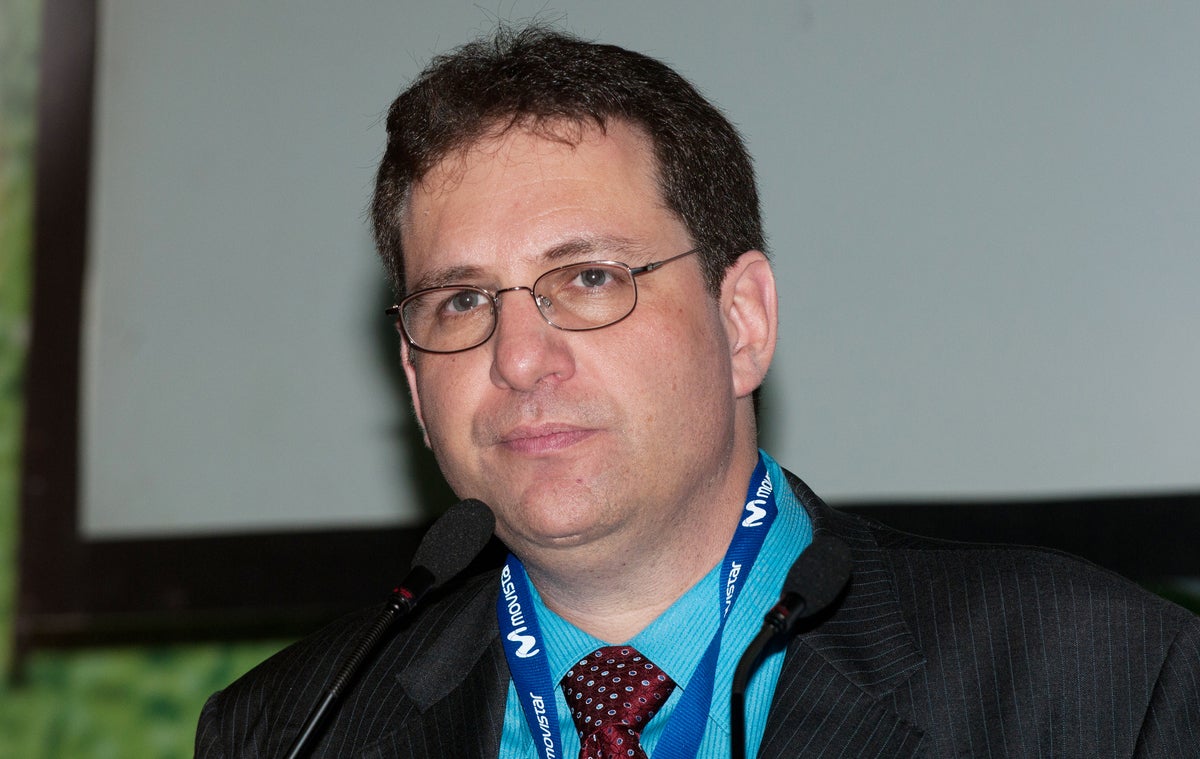 Campus Party México (CC BY 2.0)
Campus Party México (CC BY 2.0)Kevin Mitnick
Kevin Mitnick started exploiting systems before he was a teenager, learning how to ride the Los Angeles bus system for free. At 16, he hacked into Digital Equipment Corporation, a crime that earned him a year in prison. He violated the terms of his release by hacking into voicemail computers, infiltrating email accounts, and stealing credit card numbers (which there is no evidence he ever used, according to the Associated Press).
His continued criminal activity earned him the attention of the FBI. A fugitive for over two years, Mitnick was eventually arrested in 1995 — a hunt that was dramatized in the 2000 film Takedown. Although sentenced to five years in prison, his fans perceived Mitnick’s hacking to lack consequential damage, leading magazines such as 2600: The Hacker Quarterly to promote a “FREE KEVIN” movement and encourage leniency for his crimes.
“I [was] a hacker — not a hacker for profit, like we see today, but more a hacker for intellectual curiosity,” said Mitnick.
After being released from prison, Mitnick founded Mitnick Security Consulting and was the “chief hacking officer” at security firm KnowBe4. His YouTube channel offered consumer tips on how to avoid being the victim of digital crimes. In 2011, he published his autobiography, Ghost in the Wires, and was a guest on The Colbert Report, where host Stephen Colbert introduced him as being “once considered the world’s most famous hacker, the most wanted man in computer crime.”
Mitnick died at 59 from pancreatic cancer.
Bram Moolenaar: Vim and vigor
1961– August 3, 2023
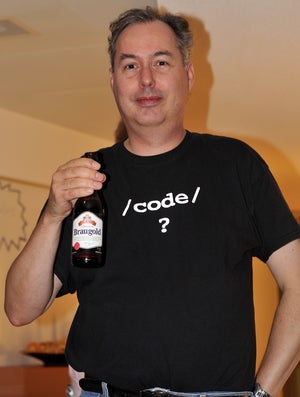 Sebastian Bergmann (CC BY-SA 2.0)
Sebastian Bergmann (CC BY-SA 2.0)Bram Moolenaar
In 1988, Dutch software engineer Bram Moolenaar wanted to broaden access to Vi, the powerful yet complex text editor. Necessity was the mother of Moolenaar’s invention: “I had an Amiga computer at home, I wanted to have a similar editor there too, and the only option was to write it myself,” he told LinuxEXPRES.
Moolenaar took the Atari ST port of Vi, dubbed Stevie, and adapted and enhanced it. Released in 1991, Vim (short for Vi Imitation; later, Vi Improved) built upon the original by adding an advanced scripting language, multi-level undo, mouse support, and more.
Vim saw broad adoption and approval: today it is included with most Linux distributions as well as macOS, and it was voted the favorite text editor of readers of Linux Journal for five consecutive years, 2001–2005. Moolenaar’s work was recognized in 2008 with an award from The Netherlands Local Unix User Group (NLUUG).
Since Vim was released as free, open-source software, Moolenaar never profited off his tool. He instead asked users to send donations to ICCF Holland, an organization he founded to help children in Uganda affected by AIDS. The proceeds amounted to about €30,000, helping students complete both primary and college education.
After working at Google for 15 years, Moolenaar retired in 2021. He continued developing Vim, with v9.0 released in 2022. “These days, now that I am retired, it gives me something interesting, joyful, and useful to do,” he said in an interview with Evrone. “Vim is a very important part of my life.”
Moolenaar died at 62.
John Warnock: Making documents truly portable
October 6, 1940 – August 19, 2023
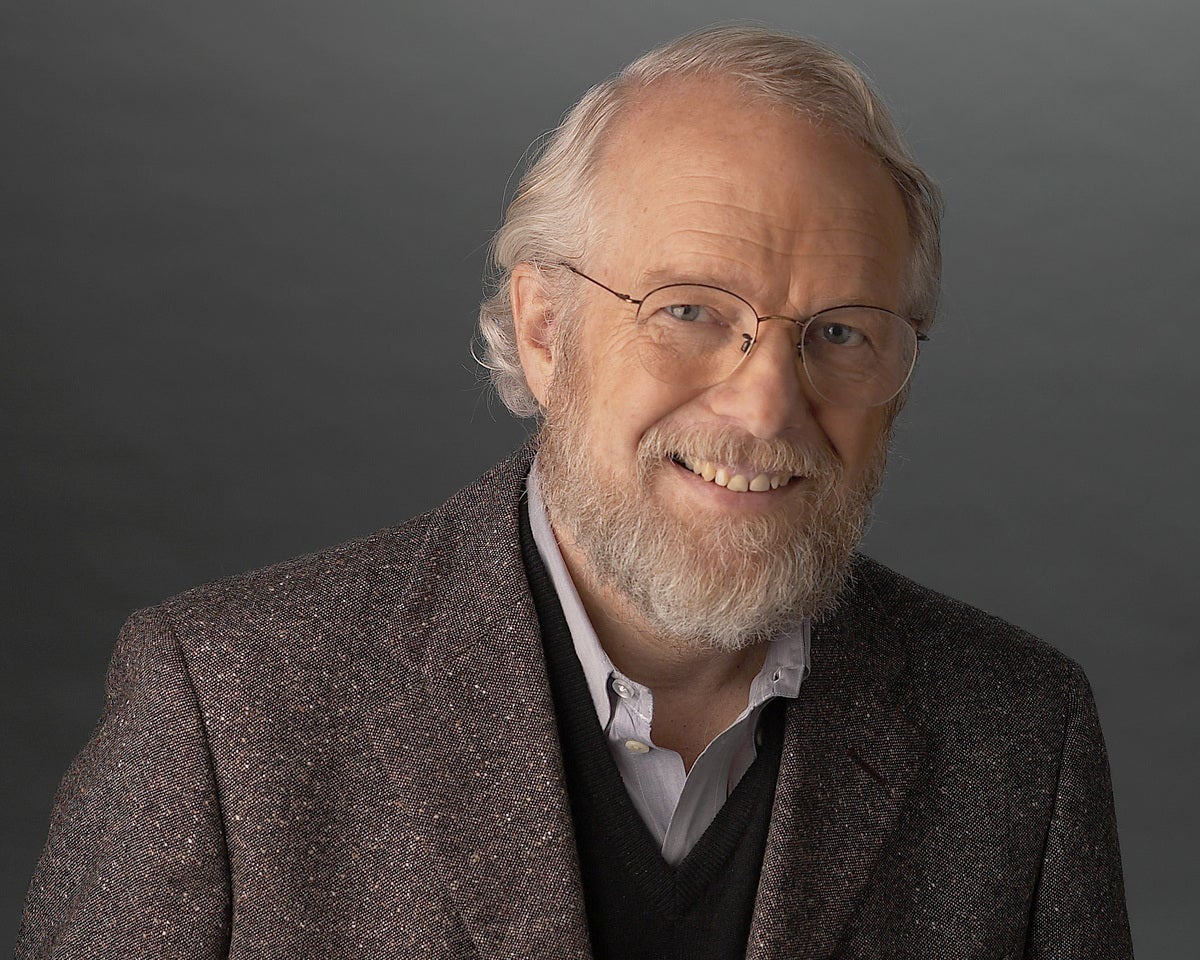 Adobe
AdobeJohn Warnock
While studying at the University of Utah, John Warnock was presented with the “hidden surface problem,” one of many the school’s ARPA-funded computer graphics research center was tackling. Warnock solved it handily, developing what became known as the Warnock algorithm.
After earning his Ph.D. in mathematics, Warnock made his way to Xerox PARC, where he partnered with fellow employee Charles Geschke to develop InterPress, a standard for printing digital images. When Xerox did not pursue its implementation, Warnock and Geschke left to form Adobe in 1982. They licensed their newest printing technology, PostScript, to Apple, which embedded it into the LaserWriter printer, kicking off a revolution in desktop publishing.
Warnock was actively involved in the development of further products that put Adobe on the map. After creating Adobe Illustrator in 1986, he founded the development team “Camelot,” tasked with solving the problem “that most programs print to a wide range of printers, but there is no universal way to communicate and view this printed information electronically.” The solution: the Portable Document Format, or PDF, which heralded a new era of the promised “paperless office.”
Yet Warnock never abandoned the print medium himself: he loved old books and founded the Rare Book Room, an online archive to digitize and preserve classics.
Warnock and Geschke, who passed in 2021, shared many awards, including the American mobile Association’s Annual Medal of Achievement Award, the IEEE Computer Society’s Computer Entrepreneur Award, the National Medal of Technology and Innovation, and the Marconi Prize.
Warnock served as Adobe CEO until 2000, a co-chair on the board of directors until 2017, and board member until 2023. He died at 82.
Molly Holzschlag: The web’s fairy godmother
January 15, 1963 – September 5, 2023
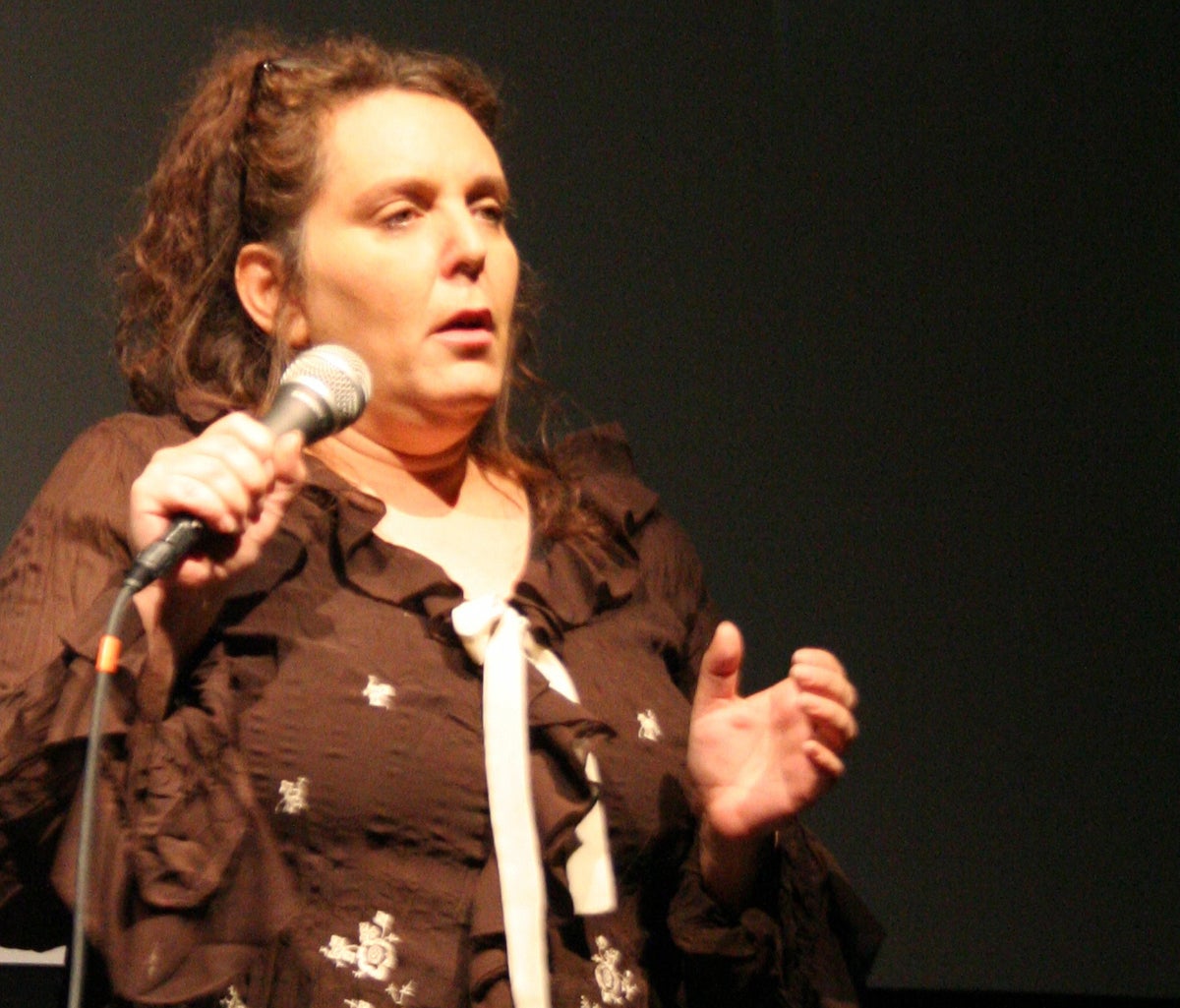 Jake Przespo (CC BY 2.0)
Jake Przespo (CC BY 2.0)Molly Holzschlag
“If Tim Berners-Lee is the father of the web, then Molly is its fairy godmother,” said a friend of Molly Holzschlag.
An American teacher and author, Holzschlag devoted her life to web standards and accessibility online, in print, and in person. Holzschlag wrote or co-wrote 35 books, from 1996’s Professional Web Design to 2005’s The Zen of CSS Design and more. She founded and ran the first five years of Open Web Camp, an event that was held from 2009–2015, and she led the Web Standards Project from 2004 to 2006.
Holzschlag was indefatigable in her advocacy for accessibility, said Jeffrey Zeldman, publisher and talent chief content officer at Automattic. “Molly was a warrior for web standards,” he told Computerworld. “She tirelessly shared the benefits of accessible, semantic markup to all who would listen. There was no web development conference to which Molly would not travel, no user question she would not answer thoughtfully, no web person she would not happily mentor and support if asked.”
Holzschlag didn’t always get her way, but that didn’t deter her. “There were so many things about what the web became that she hated, that she’d spent so much time and energy fighting to avert,” wrote author, event organizer, and early CSS advocate Eric A. Meyer. “But she still loved it for what it could be and what it had been originally designed to be.”
Holzschlag battled numerous health issues over the past decade. She was 60 when she died.
Martin Goetz: Father of the software industry
April 22, 1930 – October 10, 2023
The First Software Patent | INVENTORS | PBS Digital Studios
Well before Apple and Microsoft were tried as monopolies, IBM was the computer industry’s 800-pound gorilla. Since software wasn’t being patented, IBM was free to copy code and ideas to bundle whatever software they wanted with their hardware, exploiting third-party developers. “Trying to sell against free software is very difficult,” observed programmer Martin Goetz.
He and the company he co-founded, Applied Data Research (ADR), decided to change that. Goetz filed for — and received — the first software patent in the United States, for a mainframe data-sorting algorithm (“Sorting System”). Computerworld covered the story in its June 19, 1968 edition, with a front-page headline: “First Patent Issued for Software, Full Implications Are Not Yet Known.”
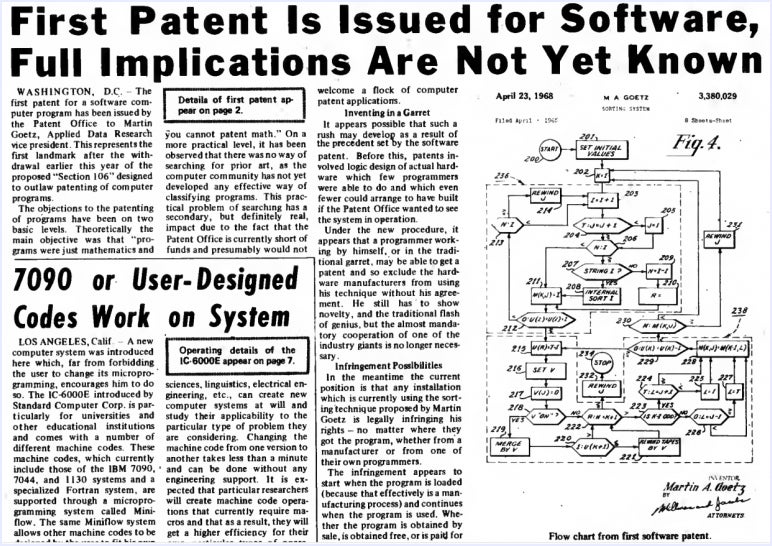 IDG
IDGIn 1968, Computerworld reported on the first software patent ever granted by the US patent office.
The implications proved to be the birth of the software industry, driving competition and innovation, starting with ADR’s own Autodesk, often considered the first patented commercial software program. Protecting these patents involved an antitrust lawsuit against IBM — one by the US Department of Justice, another by ADR. By 1969, IBM had agreed to “unbundle” software from its mainframe, creating further opportunities for independent software developers.
In later years, Goetz sometimes found the precedent he had set to be abused by the likes of Apple and Amazon. “The patent wars go on… It’s a little bit of a mess, I would have to say,” he admitted.
Goetz was 93 when he died.
Copyright © 2023 IDG Communications, Inc.




